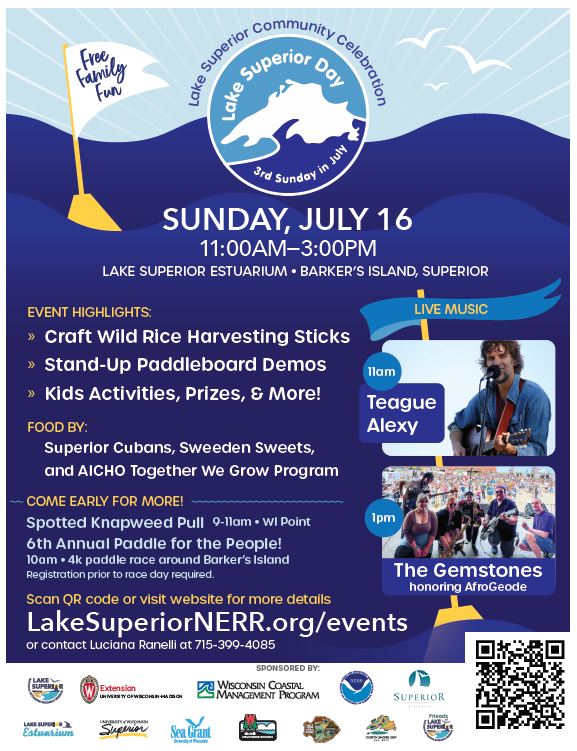Upper Midwest Water Science Center Products Published Quarter Three, Fiscal Year 2023
Below are all products released by the Upper Midwest Water Science Center in the third quarter of fiscal year 2023 (April 1, 2023 - June 20, 2023)
Wisconsin
https://www.usgs.gov/centers/upper-midwest-water-science-center/news/upper-midwest-water-science-center-products-1?utm_source=comms&utm_medium=rss&utm_campaign=news














 The webinar, “What Does Housing Have to do with Green Infrastructure? Workforce Needs in Northern Wisconsin,” is scheduled for noon-1 p.m., Tuesday July 18 on Zoom. Preregister for it
The webinar, “What Does Housing Have to do with Green Infrastructure? Workforce Needs in Northern Wisconsin,” is scheduled for noon-1 p.m., Tuesday July 18 on Zoom. Preregister for it 










